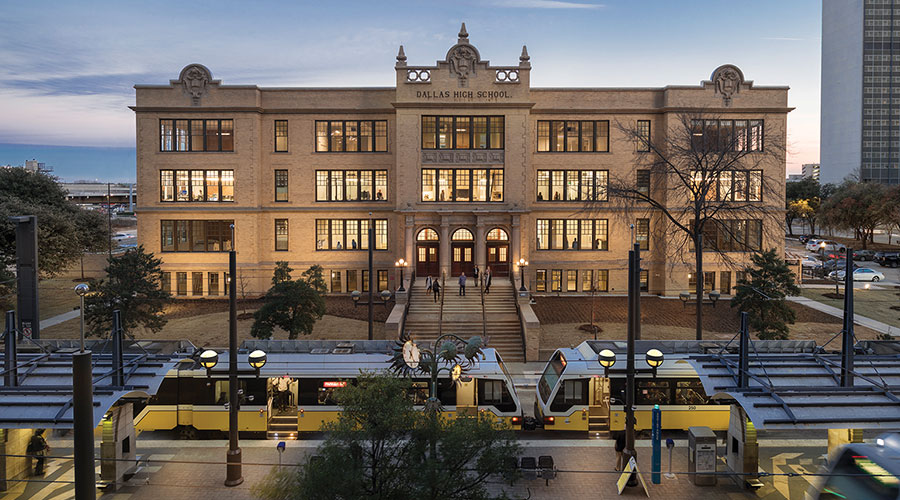ADA Answers: Determining Accessibility Requirements
September 18, 2015
One common challenge for maintenance and engineering managers in institutional and commercial facilities is determining when renovations trigger a requirement to bring a building in compliance with the Americans with Disabilities Act (ADA) and exactly how much compliance is required when this happens.
The
requirements for readily achievable barrier removal under the ADA began Jan. 26, 1992, and have been ongoing. Under the ADA, barriers must be removed, with a few exceptions, regardless of any work being done.
Anytime renovations are made to a facility where barriers still exist, 20 percent of the
construction costs must be spent on barrier removal on the path of travel. For ADA purposes, the path of travel also includes
water fountains and rest
rooms. Any renovation to a “primary function area” triggers the requirement. A “primary function area” is an area where the activities are germane to the business (i.e., a bank’s teller stations).
The ADA, similar to model building codes such as
The International Building Code (IBC) and
American National Standards Institute (ANSI), does not require barrier removal on the path of travel that exceeds 20 percent of the cost of the renovation, which is then considered to be “disproportionate”. The major difference between ADA requirements and building codes is that the ADA requires barrier removal in existing buildings, regardless of renovations, etc. Building code does not come into play until renovations/alterations or new construction happen.
Managers can find the specifics in the 1991 ADA Standards for Accessible Design, Sec.36.403 Alterations: Path of travel. Typically, the federal standard (ADA) will supersede a state or local code unless the code provides for greater or equal protection of individuals with disabilities (Sec.36.103), or in the 2010 ADA Standards, 28 CFR 35.151 New construction and alterations.
Read more
Next
Read next on FacilitiesNet







